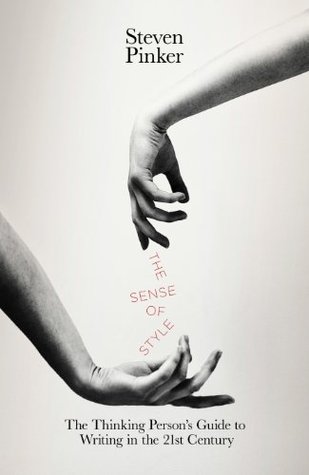More on this book
Community
Kindle Notes & Highlights
Started reading
December 6, 2018
I would not have written this book if I did not believe, contra Wilde, that many principles of style really can be taught.
“For the next minute, try not to think about a white bear.”
It’s not just readers who are confused by negations.
Writers themselves can lose track and put too many of them into a word or sentence, making it mean the opposite of what they intended.
avoid
“writing negatively.”
“Who ever thought it was?”
You might think … But no.
Not only is it classier; it’s clearer.
Whenever a sentence has a not and a because, and the not remains stuck to the auxiliary verb, readers may be left in the dark about the scope of the negation and hence about what the sentence means.
Never write a sentence of the form “X not Y because Z,”
not because he did what he was told
When a negative element has wide scope (that is, when it applies to the whole clause), it is not literally ambiguous, but it can be maddeningly vague.
we couldn’t help
“we”
The problem here is a lack of balance, of proportionality.
composition is that the amount of verbiage one devotes to a point should not be too far out of line with how central it is to the argument. If a writer believes that 90 percent of the evidence and argument supports a position, then something like 90 percent of the discussion should be devoted to the reasons for believing it. If a reader is spending only 10 percent of his time on why it’s a good idea, and fully 90 percent on why he might reasonably think it’s a bad idea—while the writer insists a...
This highlight has been truncated due to consecutive passage length restrictions.
which only prompts the reader to think, “Speak for yourself!”
The reader gets the feeling that he’s being bullied rather than persuaded.
better than repeatedly allowing counterexamples to intrude into the main line of an argument while browbeating readers into looking away.
who supposedly see plenty of violence while denying its importance,
Once again the bulk of the verbiage pushes in one direction while the content of the author’s argument pushes in the other.
both
and
which arose in reaction to the En...
This highlight has been truncated due to consecutive passage length restrictions.
which opposed the monotheistic religions?
he flouts
To keep the text coherent, the writer must allow the reader to keep track of these themes by referring to each in a consistent way or by explaining their connection.
But he discusses the two themes by
traipsing
among a set of concepts that are only loosely related to the them...
This highlight has been truncated due to consecutive passage length restrictions.
transparently
related terms.
became a victim of professional narcissism,
And after a lifetime of scholarship he was so laden with erudition that his ideas came avalanching down faster than he could organize them.
A coherent text is a designed object:
by drafting a blueprint, attending to details, and maintaining a sense of harmony and balance.


